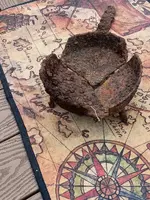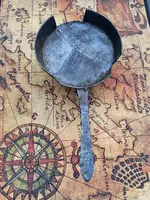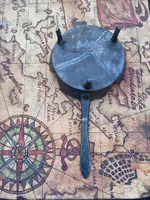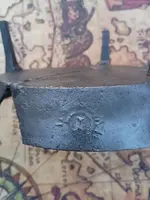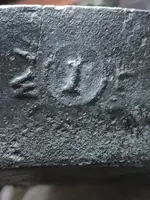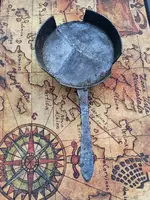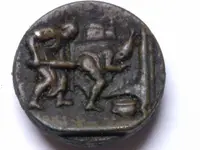cannonball
Hero Member
- Joined
- Feb 20, 2010
- Messages
- 867
- Reaction score
- 4,502
- Golden Thread
- 0
- Location
- East Coast NJ
- Detector(s) used
- DEUS 11 Fisher F75ltd,TDI Minelab Excailber
- Primary Interest:
- Relic Hunting
I'd love to find out who made this cast iron skillet. I found it two weeks ago along with three Georges and a bunch of early buttons here in New Jersey. The most modern coin at site was 1799. The 9" cast iron skillet is almost completely restored now. It has markings on the side, gate mark and an 8" handle. please chime in if you can tell me more about it.
Amazon Forum Fav 👍
Attachments
Last edited:



